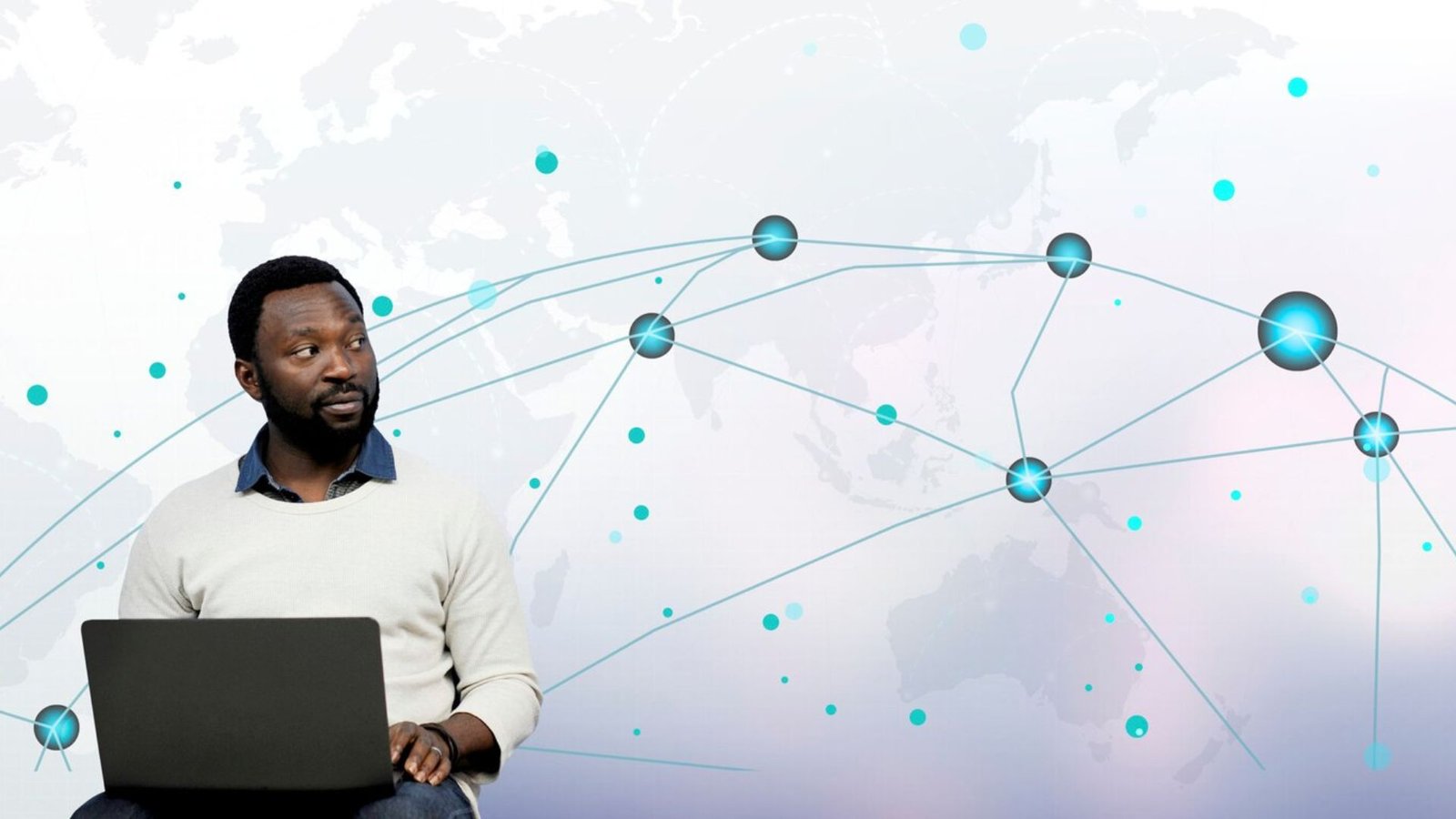Embracing Edge Computing and Its Implications

|
Getting your Trinity Audio player ready...
|
In the dynamic realm of technology, the advent of edge computing stands as a transformative paradigm, disrupting conventional approaches to data processing and delivery. This revolutionary shift represents a departure from centralized models, such as traditional cloud computing, ushering in a new era of distributed computing at the network’s edge. As businesses seek more efficient and responsive solutions, the rise of edge computing becomes pivotal. This article navigates the landscape of fog computing, unravelling its profound implications across diverse industries. From healthcare to manufacturing and smart cities, the applications of edge computing are vast and varied. As organizations embrace this innovative approach, they unlock benefits such as reduced latency, heightened security, and enhanced overall efficiency. The exploration of edge computing’s journey, challenges, and future trends provides a comprehensive understanding of its role in shaping the technological landscape.

Understanding Edge Computing
Furthermore, understanding the profound significance of edge computing necessitates a clear distinction from conventional centralized processing methods, notably traditional cloud computing. This section delves into the fundamental principles that set edge computing apart, emphasizing the departure from a centralized model to embrace distributed computing at the network’s edge. Unlike traditional cloud setups, where data is processed in distant data centres, edge computing leverages localized processing closer to the data source. This proximity reduces latency, enhances real-time processing capabilities, and addresses bandwidth constraints. Additionally, by exploring these foundational principles, one can appreciate how fog computing redefines the dynamics of data processing, offering a decentralized and agile alternative that aligns with the demands of today’s technology-driven landscape.
Key Components of Edge Computing Architecture
Moreover, the intricate architecture of fog computing centres around key components that play pivotal roles in its functionality. This segment explores these essential elements, highlighting the significance of edge devices, edge servers, and the crucial role of connectivity. Edge devices, ranging from sensors to smartphones, form the frontline of data generation, capturing information at the source. These devices act as the initial point of contact in the edge computing ecosystem. The collected data is then transmitted to edge servers, localized computing units strategically positioned closer to the data source. The efficiency of edge computing is further amplified by robust connectivity, emphasizing the seamless flow of data between devices and servers. As we dissect these fundamental components, the intricate dance of data within the edge computing architecture comes into focus, revealing a streamlined and agile system that optimizes processing and minimizes latency.
Applications Driving Edge Computing Adoption
The real-world applications of fog computing span across a spectrum of industries, each reaping unique benefits from this transformative technology. In the healthcare sector, fog computing facilitates real-time data processing, enhancing patient monitoring and enabling swift responses in critical situations. Manufacturers leverage fog computing to optimize production processes, ensuring efficiency and minimizing downtime. Smart cities harness the power of fog computing for enhanced public services, from traffic management to waste disposal. This section delves into these specific use cases, shedding light on how edge computing catalyzes innovation and efficiency. By examining these applications, we unravel the diverse ways in which edge computing addresses industry-specific challenges, fostering a paradigm shift in data processing and analysis.
Benefits and Advantages
More so, fog computing stands as a disruptor in comparison to traditional cloud models, offering a myriad of benefits that address critical limitations. Processing data closer to the source ensures reduced latency, providing quicker response times and enhancing real-time applications. Localized processing bolsters security, minimizing risks associated with centralized data storage. Improved efficiency is another hallmark, as edge computing optimizes bandwidth usage and reduces the strain on network resources. This section delves into these advantages, elucidating how edge computing’s unique features contribute to its appeal for businesses across various sectors. By understanding these differentiators, businesses can make informed decisions regarding the adoption of edge computing, unlocking a new era of streamlined data processing and heightened operational capabilities.
Navigating Obstacles
While the promises of fog computing are compelling, its implementation comes with a set of challenges that organizations must navigate. This section sheds light on the potential obstacles, emphasizing the importance of addressing these issues for successful deployment. Security concerns in decentralized processing, including data privacy and protection, pose significant challenges that demand robust solutions. Additionally, the integration complexities associated with diverse edge devices and networks require meticulous planning and execution. Moreover, by understanding and proactively mitigating these challenges, businesses can ensure a smoother transition to fog computing. Additionally, unlocking its transformative potential while safeguarding against potential risks. Furthermore, successfully navigating these hurdles is integral to harnessing the full spectrum of benefits that fog computing has to offer across industries and sectors.
Future Trends and Innovations
As fog computing continues to redefine the technology landscape, its journey is characterized by a dynamic evolution fueled by innovation. This section delves into future trends that promise to shape the trajectory of fog computing. The integration of artificial intelligence (AI) and machine learning (ML) stands out as a transformative trend, amplifying the capabilities of edge devices and enhancing data processing efficiency. Advancements in edge devices, including sensors and smart peripherals, are poised to play a pivotal role in expanding the scope of fog computing applications. By exploring these future trends, businesses and technology enthusiasts gain valuable insights into the direction that fog computing is heading, setting the stage for a future where intelligent, decentralized processing is at the forefront of technological advancements.
Conclusion
In conclusion, as organizations increasingly shift towards fog computing, understanding its nuances becomes imperative. More so, this final section summarizes the key takeaways, emphasizing the transformative potential of fog computing and its pivotal role in shaping the future of technology.
You might also be interested in:
- How Cloud applications are revolutionizing our work
- The interlinks between Cloud computing and Web Computing
- Embracing the Infinite Skies-A Journey into Cloud Development
- Free Cloud Antivirus- First Antivirus Delivered By the Cloud